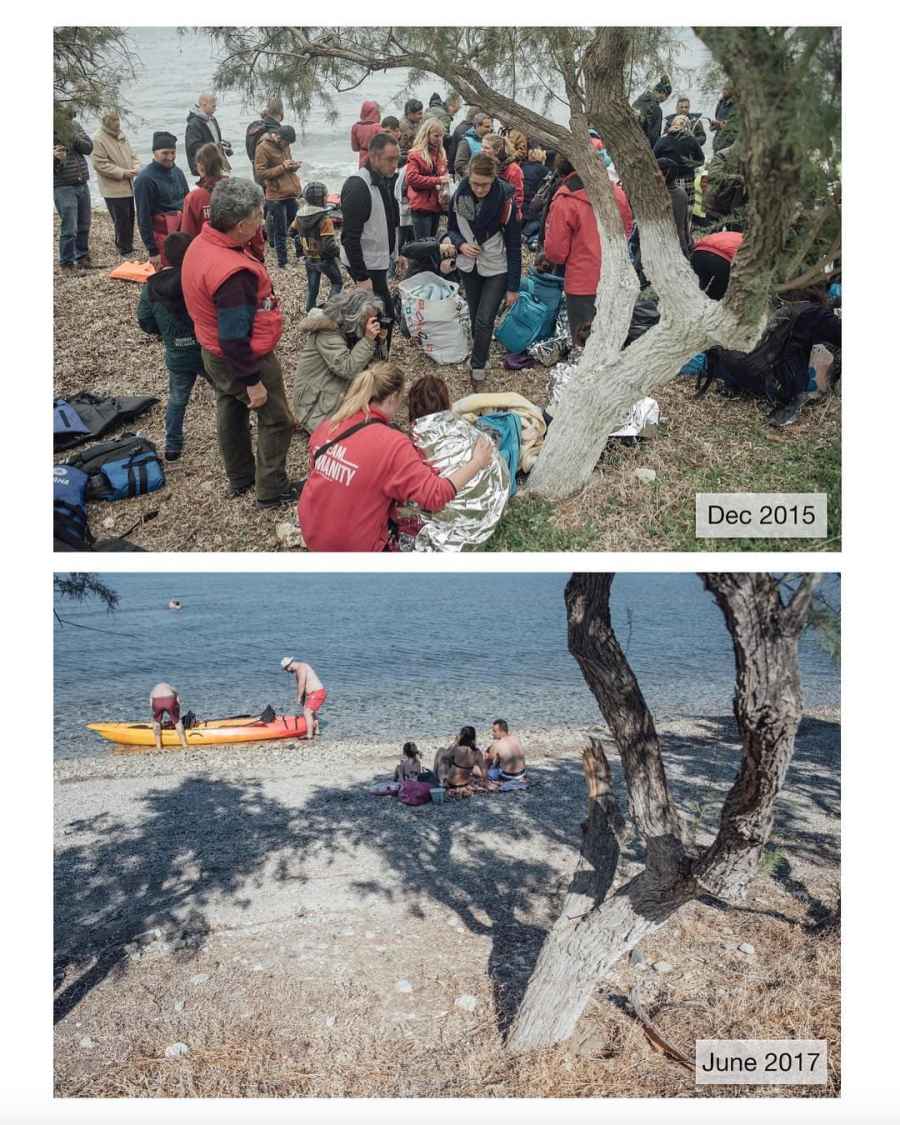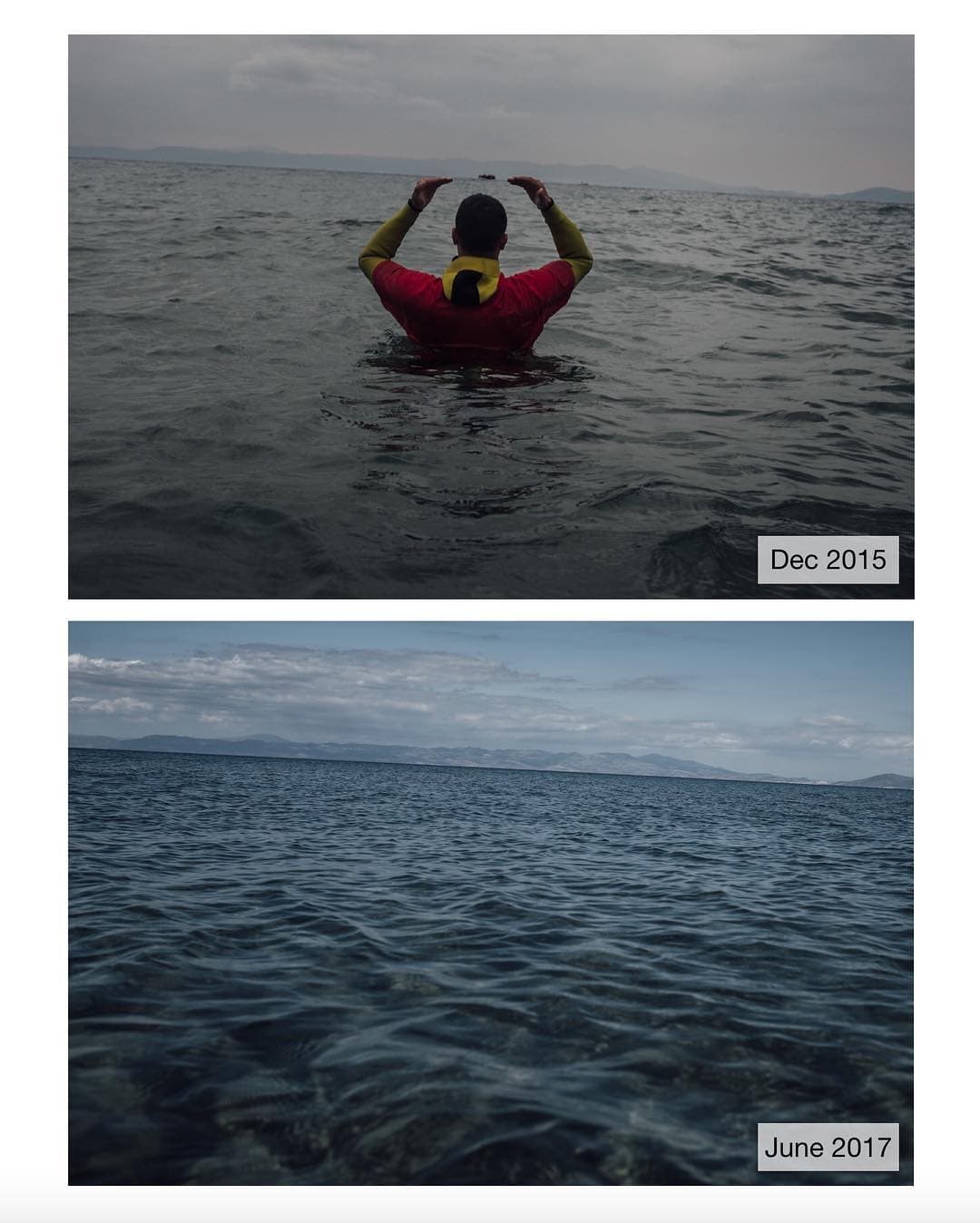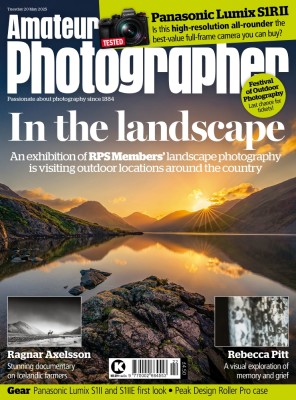Reportage photographer Kevin McElvaney discovered his passion for photography during his studies and travels. He wanted document the places he visited and the people he encountered. That passion initially steered him toward freelance jobs photographing live music gigs and sports photography, but his nature drew him back to documentary and reportage. Inspired by a desire to help people tell their own stories during the refugee crisis, Kevin travelled to Greece in 2015 to give people disposable cameras, which they could capture their experiences with. But the story didn’t end there.
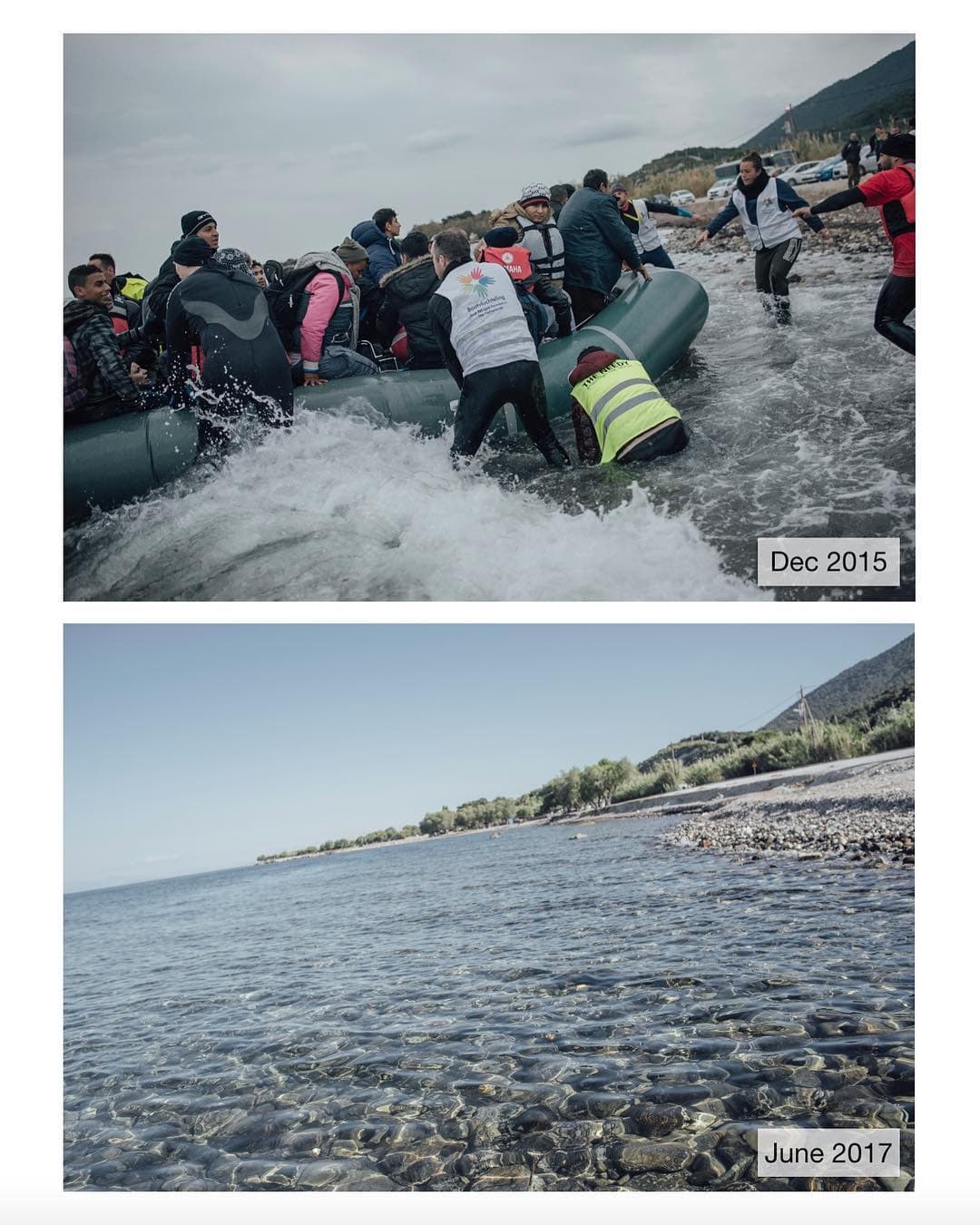
A boat landing on Dec 11, 07:25am. International volunteers have been on site to help refugees, who suffer from hypothermia and other side effects after their 6hour long dinghy-ride to Lesbos
Kevin’s drive to tell human stories and explore the lives we lead and spaces we inhabit led to a fascinating series of before and after images, the first set, captured in 2015 during the height of the refugee crisis in Europe and the second, from when he returned this summer. We spoke with Kevin to learn more about his kit, technique and motivations for capturing the images in this project.
How long have you been taking pictures for and what camera/lenses did you use for these photos?
I have been taking pictures since 2010. And for these before/ after images I just used the Nikon D810, paired with the 28mm prime lens, which made it a bit easier to do exactly the same images again.
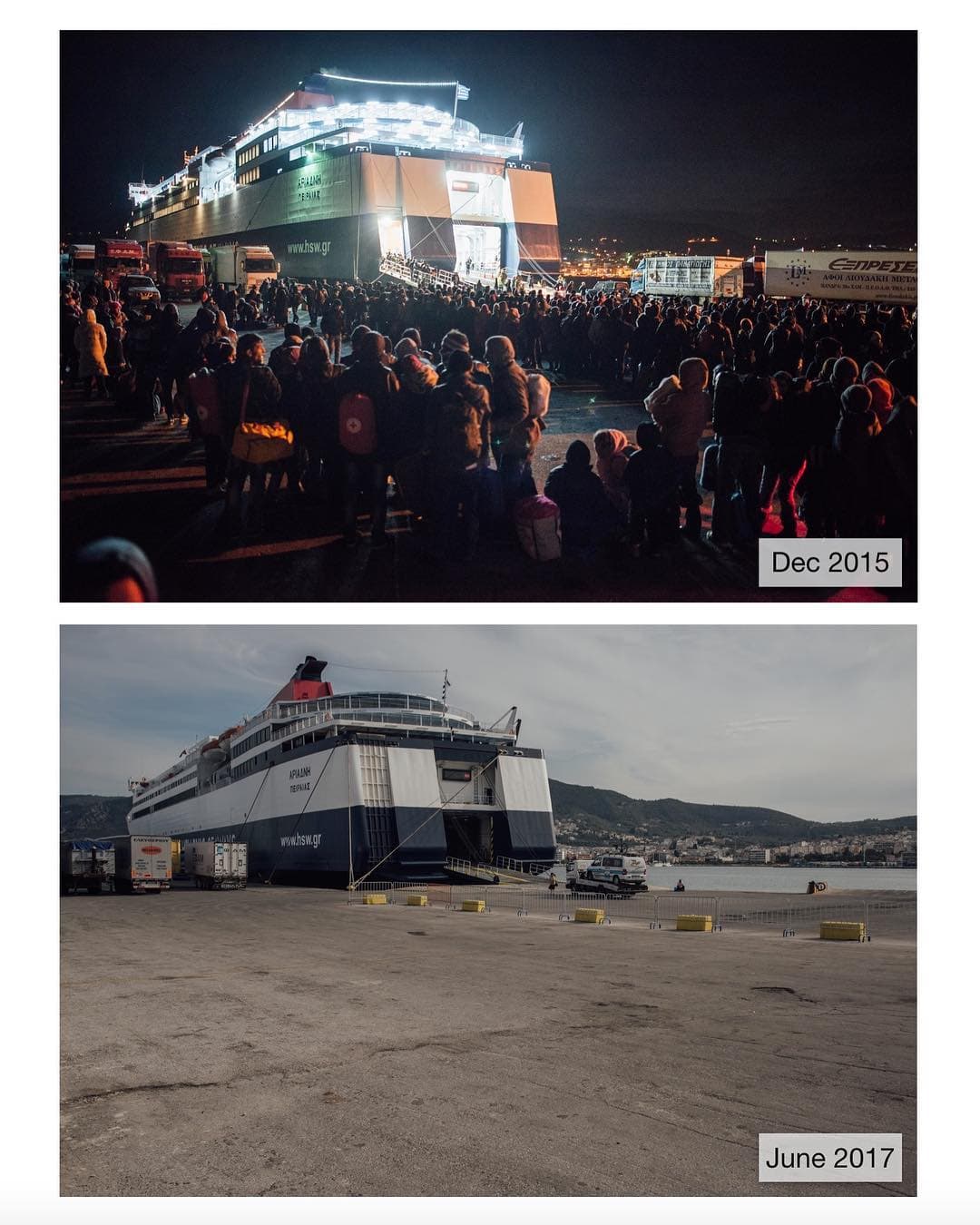
The same ferry to Athens, two hours before departure (photo at 6pm ). While in 2015 there were up to 3000 refugees shipped daily to the mainland, there are just a few customers waiting for the ferry today.
What initially inspired you to head out to Greece to photograph the refugee crisis?
In December 2015, I was working on my project named #RefugeeCameras (
www.refugeecameras.com), where I distributed single-use cameras to refugees. So at that time I was not photographing that much and the idea was to let the refugees tell their own story. But for sure I was photographing here and there as some kind of notebook, but it could have been more images. In the end it was quite difficult to find interesting places again, because I only captured about 100 images on my route from Izmir, to Lesbos, Athens and Idomeni.
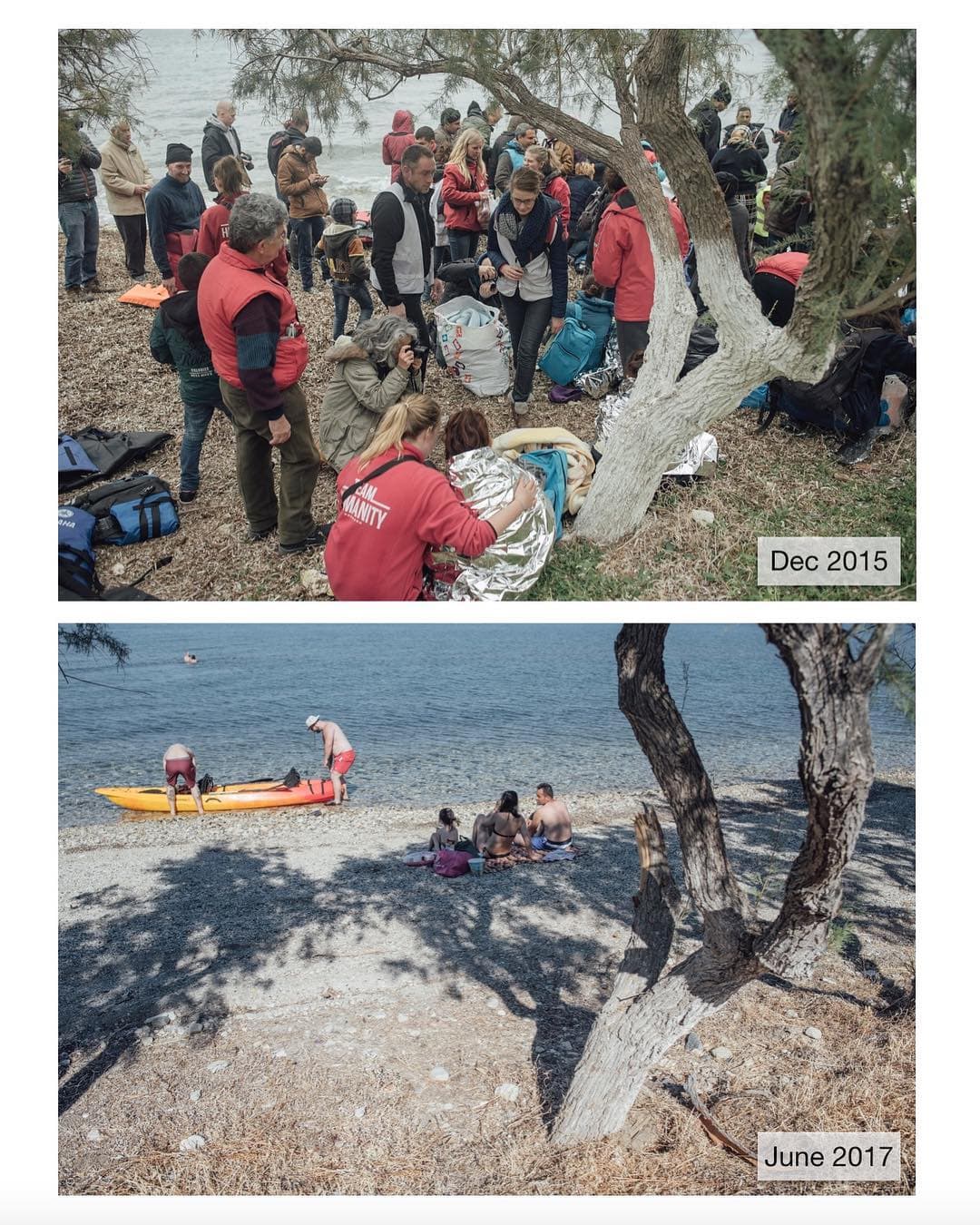
In 2015, NGOs and international volunteers rescued refugees, who arrived just minutes before from there 6-hour long ride to the shores of Lesbos near the Mitilini Airport. Today, at the exact same spot, you see families swimming and relaxing on the beach again.
What was going through your mind in the moments pictured during your 2015 trip?
There were just a few moments where I had the camera with me, and I took pictures mostly during these moments where I expected not to be able to talk to refugees that much. As I said, it was the idea to get in touch with them for #RefugeeCameras, but not every situation was suitable for that.
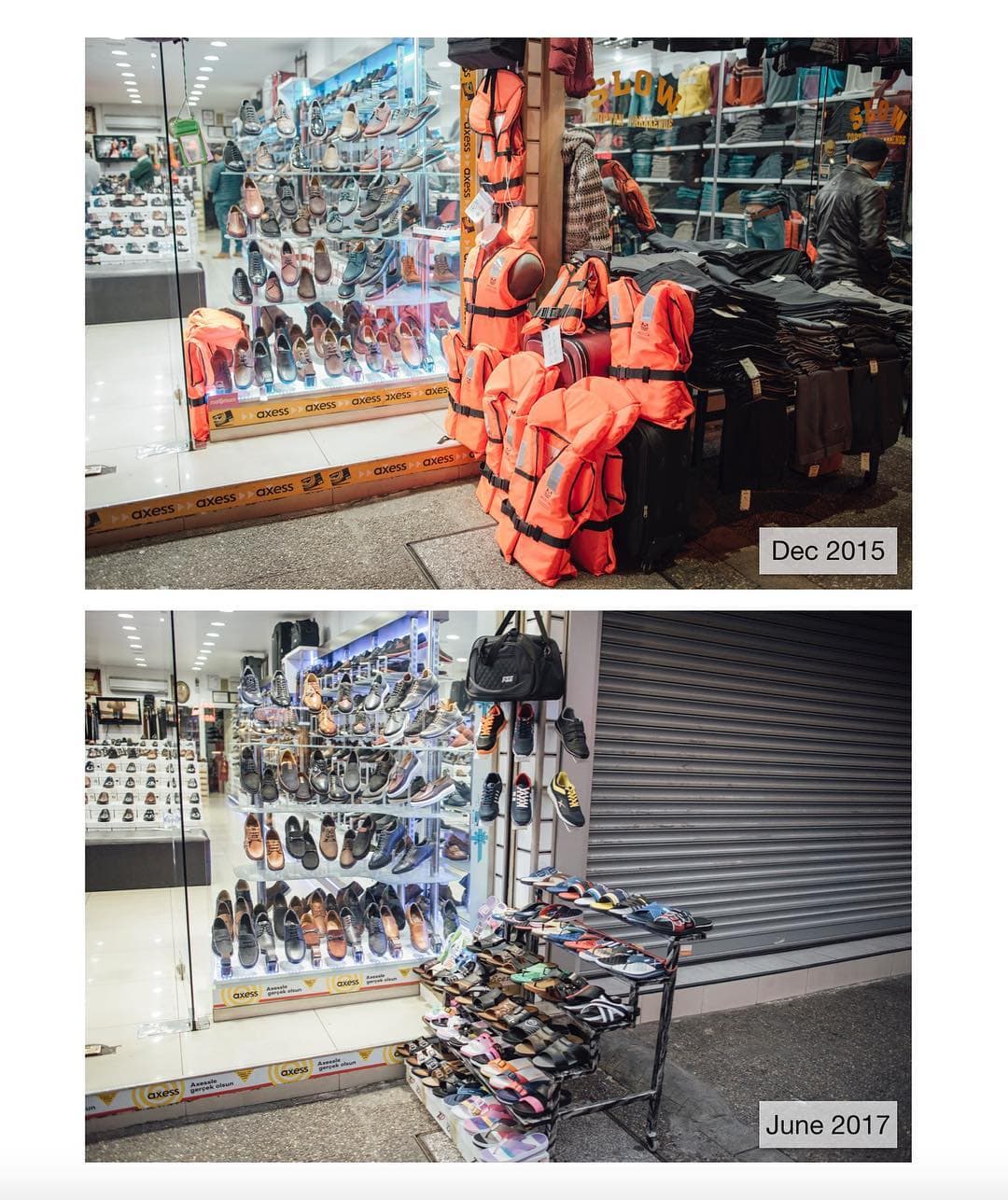
Compare December 2015 vs. June 2017: This is a shoe shop at Fevzi Paşa Boulevard, #Izmir in Turkey. In 2015 I wondered to myself about shops like these, which preferred selling life jackets instead of shoes or clothes. But since 2016 the smuggling business is shrinking, especially the dangerous route on dinghies from Turkey to Greece. As a result of this, the life jackets have (almost) disappeared from such shops.
Why did you decide to revisit the locations?
I’ve so far exhibited #RefugeeCameras about 13 times and the typical questions I get from visitors have been “how the refugees are doing now?” and “how does it look at these – now unfamiliar – places today?”. After a while I began to ask myself the same questions, because the ‘refugee crisis’ was somehow out of the media-focus, but for sure it was not over. Or was it? So I booked the flights and revisited Izmir, Turkey and Lesbos again to have a look at these locations.
How did you manage to recreate the frames so accurately? What was the hardest part about doing this?
It was helpful that I mainly use my 28mm prime lens, I would say in more than 90% of my images. That’s helpful to play around and recreate it. Worst case you have a look at the exif-data again and have an eye on the time-code too. It was important for me, that the situation and ‘timing’ is more or less the same in some images. For example: I can’t compare the ferry from Lesbos to Athens at completely the same times that I want to show, since they would have been frequent and packed back in 2015, but now there are just a few tourists coming…
What thoughts were provoked by seeing how drastically the place has changed?
It was a weird feeling to see the change. I was somehow happy to see that this beautiful island is using its beaches again and tourists are returning, but on the other hand it felt absurd and tainted. The Europe-Turkey deal has had an impact and many refugees are waiting/living in Turkey now. Depending on the image I was switching between being happy about the change and feeling sad. In the end it is just ‘interesting’ and time will show us what this really means and if situations will return.
You can see the rest of Kevin’s images from this project and his latest work over on his Instagram account. Click on any of the images above to visit his page.




